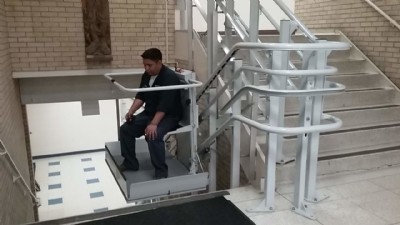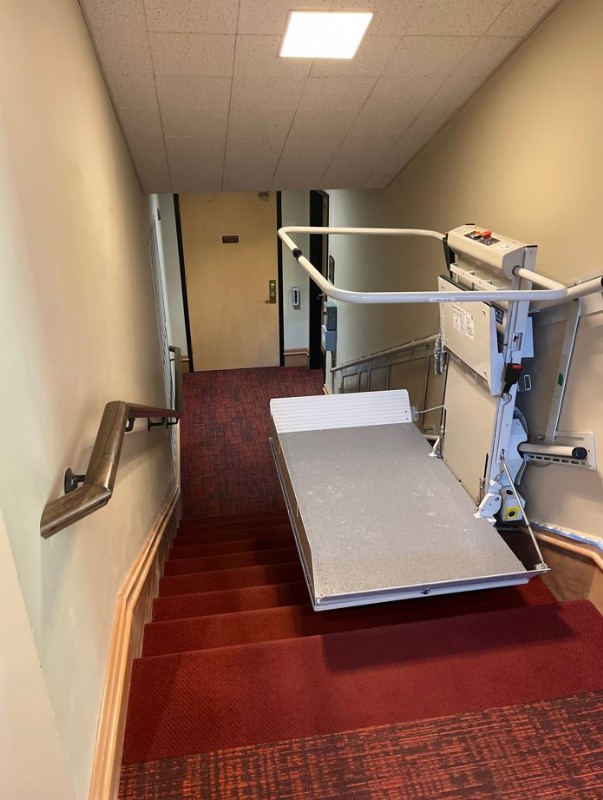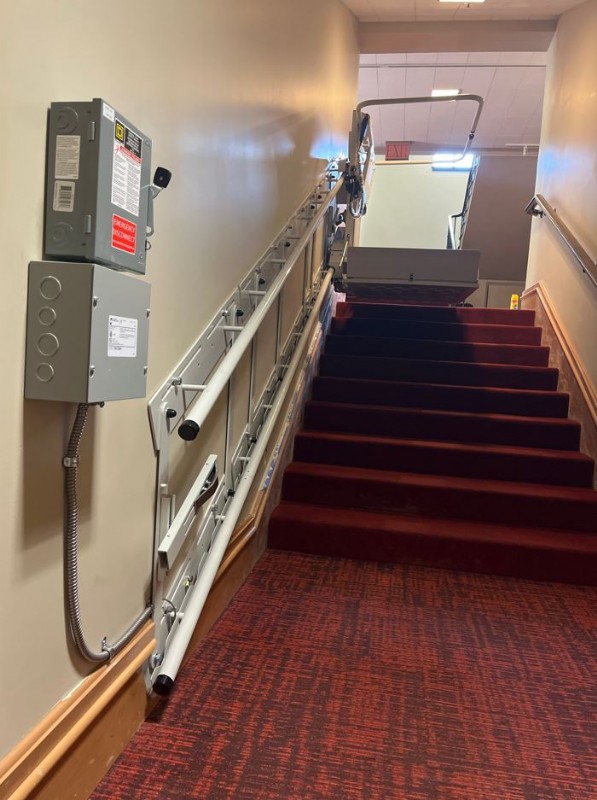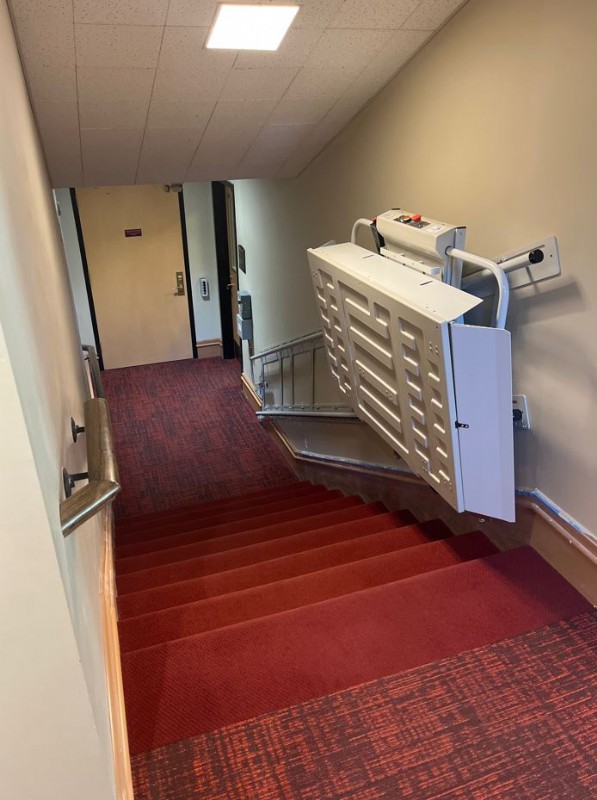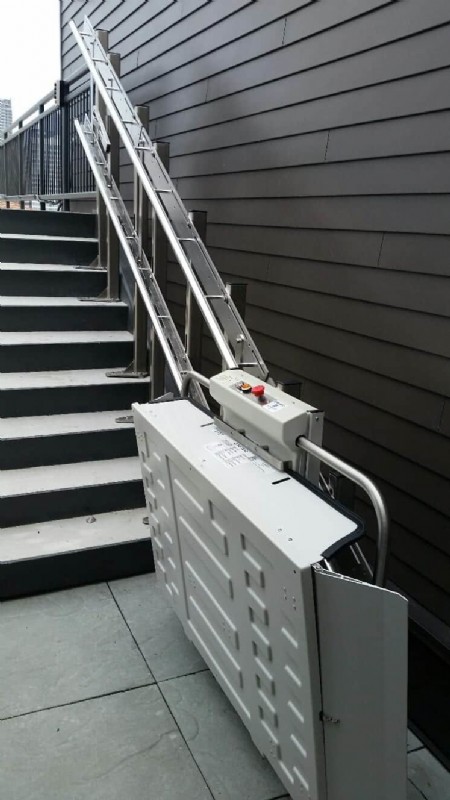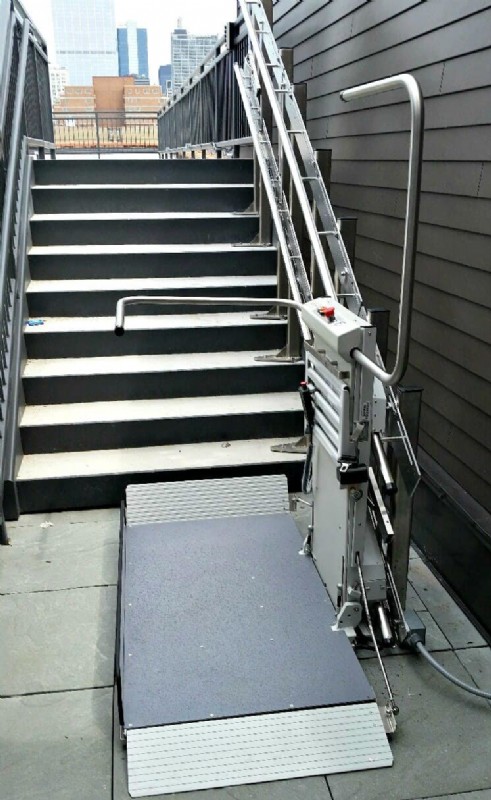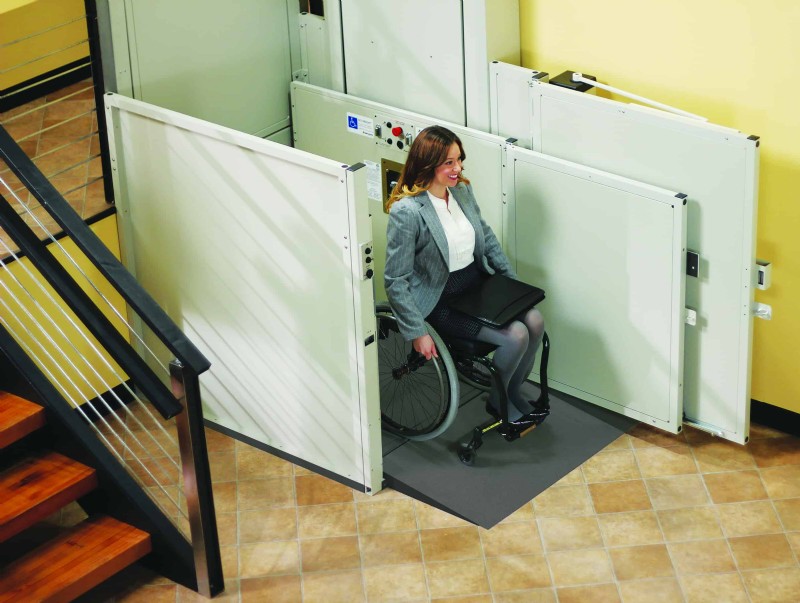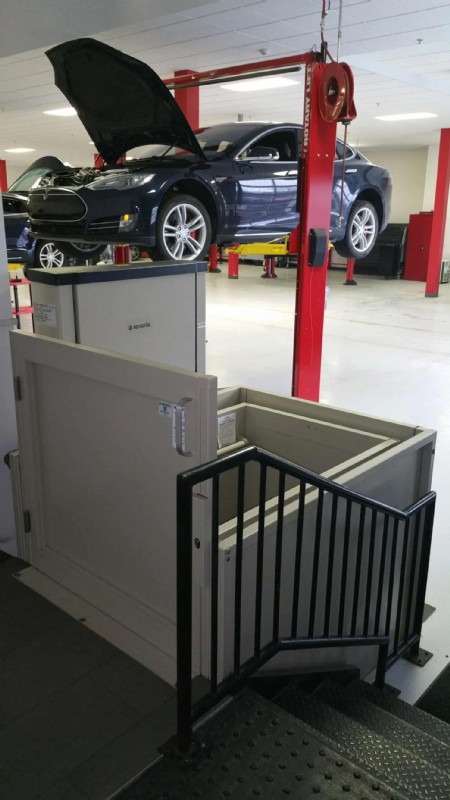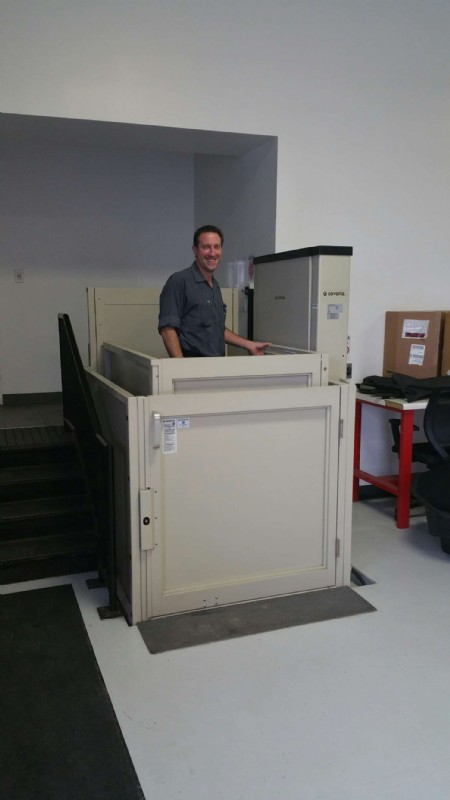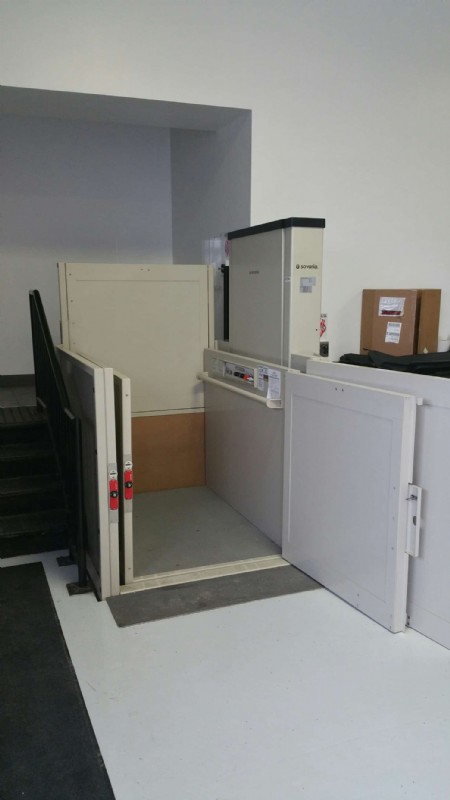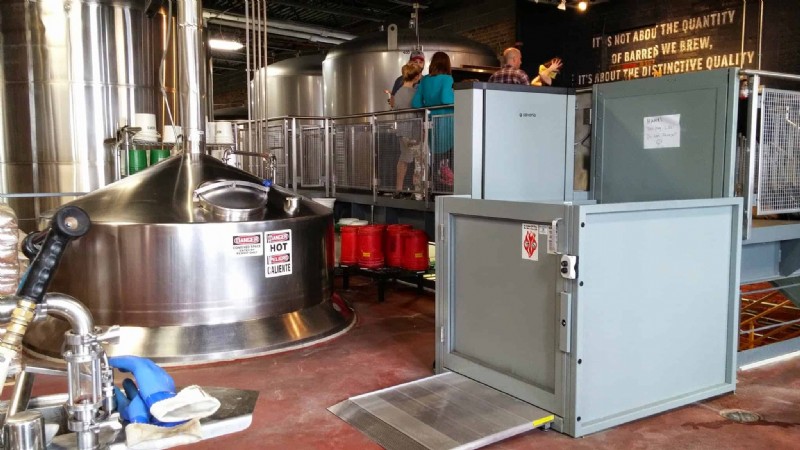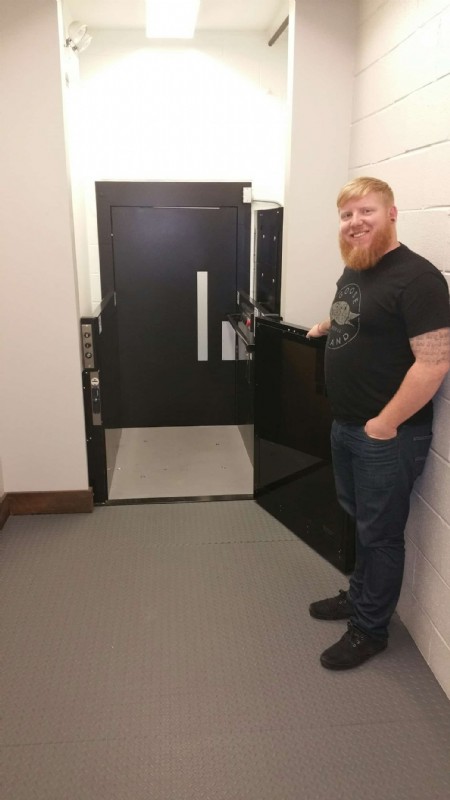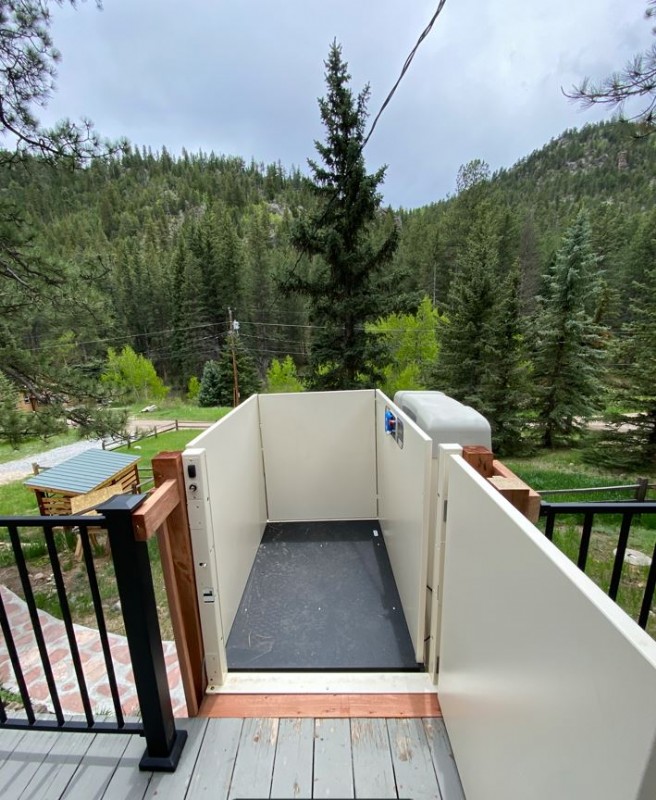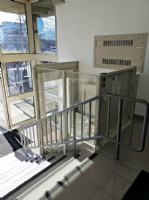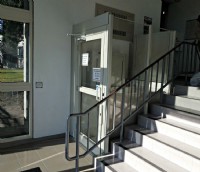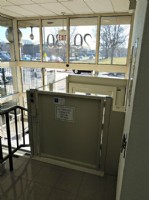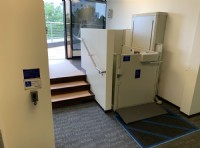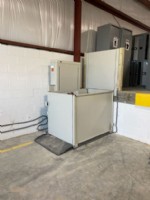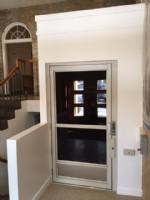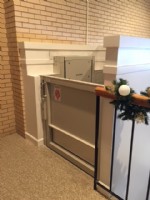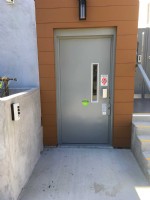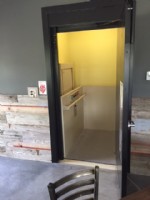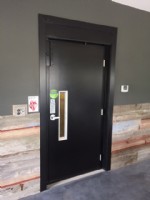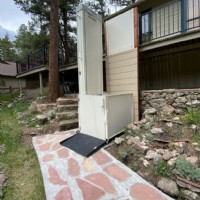Commercial Wheelchair Lifts
Is your commercial or public building accessible to everyone? Public building accessibility isn’t an issue if you call Lifeway!
Commercial wheelchair lifts provide a safe and convenient way for people with disabilities or limited mobility to access schools, places of worship, restaurants and other buildings. All of the ADA lifts that we sell and install are built to meet all local codes and guidelines.
Lifeway Mobility has installed hundreds of commercial lifts and ramps in schools, churches, and other buildings. We carry commercial wheelchair lifts from Bruno and Savaria, which are two of the top manufacturers in the industry.
It’s very likely that your clientele and community includes the elderly and persons with disabilities. Your building may have barriers that make it difficult—if not impossible—to navigate entrances and use your building.
There are many ways to make your commercial or public building more accessible and comply with both the ADA and local building codes. In addition to wheelchair lifts, we can also install limited use/limited application (LULA) elevators, which can travel up to 3 stories. We’ll help you identify the best potential options and would be happy to assist in making the right choice to make your building accessible – whether it’s the installation of a vertical platform lift, inclined platform lift, or LULA elevator.
Please contact us to set up a free consultation with one of our accessibility experts.
-
Commercial Vertical Platform Lifts
Vertical Platform Lifts (VPLs) are similar to elevators but use constant pressure switches; they are very useful for helping a wheelchair user travel between levels. Lifeway has over 20 years of experience in the installation and service of commercial platform lifts. We have installed thousands of lifts in schools, churches, restaurants, offices and other public buildings.
View Product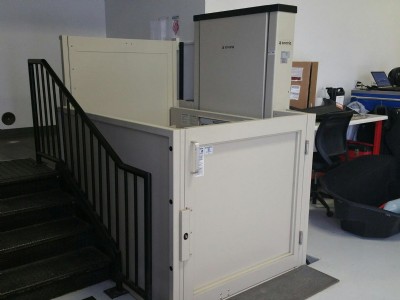
-
Commercial Inclined Platform Lifts
Lifeway carries both straight and curved commercial inclined platform lifts. The platform folds-up when the lift is not is use—so the stairs are open and easy to use. Inclined platform lifts are custom manufactured to match the slope of the staircase of your school, place of worship, or other public building. Make your building wheelchair accessible and ADA compliant with the addition of an inclined platform lift from Lifeway!
View Product